So, you've got a 400 horsepower beast and you're scratching your head over what size exhaust to slap on it. It's not just about the noise, you know. Getting it right affects power, efficiency, even how smooth your ride feels. Think of the exhaust as your car’s respiratory system—too small, and it can't breathe; too big, and it loses pressure. Both scenarios affect performance in ways you might not like.
Let's break it down a bit. The size of your exhaust system—specifically the diameter—plays a role in how effectively your engine expels exhaust gases. A general rule of thumb is looking at engine displacement and horsepower. But wait; it’s not all numbers and equations here. Your driving habits and goals matter too. Are you all about drag racing, or is it more about a zippy daily drive? That plays a part in this decision.
- Understanding Exhaust Basics
- Why Size Matters
- Impact on Performance
- Common Misconceptions
- Choosing the Right Size
- Real-World Experiences
Understanding Exhaust Basics
Alright, let’s get under the hood and talk about what an exhaust system actually does for your car, especially for that 400 hp engine. Simply put, the exhaust system is how your engine vents spent gases. It leads these gases through a tailpipe and out the rear of your vehicle. A proper setup not only dumps these gases efficiently but also assists in improving your engine’s breathing—and that means more power and a better ride.
The main components of an exhaust system include the exhaust manifold, catalytic converter, and the muffler. Each of these plays a role in reducing emissions, controlling noise, and maintaining optimal pressure. Some people compare this setup to a musical band—all elements need to work together in harmony to deliver that sweet symphony of sound and performance.
Let’s bust a myth while we're at it—a bigger pipe doesn't always mean better performance. As Mike Kojima, a respected automotive engineer, said,
"An exhaust that's too large can reduce power more than help. It’s about striking the right balance for the engine's needs."This is crucial to consider when determining the right exhaust size for your ride.
There’s actually a bit of a science behind exhaust sizing. Diameter plays into what's called back pressure. Too much back pressure and your engine struggles to push gases out, reducing power. But reduce it too much and the exhaust gases escape too quickly, stealing efficiency. The key is to match the exhaust system size with your engine’s output, ensuring performance is at its peak.
To get a clearer picture, check out a rough guideline:
| Exhaust Size | Horsepower Range |
|---|---|
| 2.5 inches | Up to 300 hp |
| 3 inches | 300 to 450 hp |
| 3.5 inches | 450 to 600 hp |
So, if you’ve got that roaring 400 hp beast, a 3-inch exhaust might just be the sweet spot for you. But remember, it's not just about the pipe’s size. Your goals, whether sound, performance, or efficiency, determine what's best for your build.
Why Size Matters
When it comes to maximizing what your 400 hp engine can do, the size of the exhaust isn't something to brush off. It directly impacts how well your vehicle performs. But why, you ask? Well, it’s all about how smoothly those exhaust gases can flow from your engine and out of the pipe.
Every engine has its sweet spot for exhaust size; too small, and you're choking it, too large, and you lose that necessary back pressure. The right diameter maintains balance, letting your engine perform efficiently. Typically, you’d look into something around 2.5 to 3 inches for a 400 horsepower setup. But hold on—different setups have different needs!
Here's how it affects things practically: a smaller diameter can increase back pressure, which might boost low-end torque but could also limit top-end power. On the flip side, an oversized pipe encourages better airflow at higher RPMs but can sacrifice the punchy start you might want from your ride. So, it's all about that balance.
- Sound Level: An appropriately sized exhaust isn’t just about power; it affects sound too. A larger exhaust would typically mean a deeper, possibly more aggressive sound, satisfying that gearhead in you.
- Fuel Efficiency: An engine that breathes better can often be more efficient. However, the wrong size might make your fuel consumption go up.
- Overall Performance: Striking the right balance transforms the driving experience, making it smoother and more responsive.
What's more, according to my buddy who's been tracking this stuff, a correctly sized exhaust can boost power by up to 5% just by optimizing airflow. That might not sound like a game-changer, but in racing or performance contexts, every bit counts!
Impact on Performance
Okay, let's talk performance because that's why we're here, right? The exhaust size you choose can make or break how well your 400 horsepower engine performs. A lot of folks assume bigger is better, but that's not always the case.
See, a 400 hp engine needs a system that can handle the exhaust flow without restricting it. However, if your exhaust is too large, you might lose backpressure, which is crucial for lower-end torque. It's all about finding that sweet spot. The right exhaust size helps in improving throttle response, fuel efficiency, and even the engine sound.
"Selecting the proper exhaust size is crucial for maintaining the balance between power and efficiency. It ensures the engine gets the right level of backpressure while optimizing exhaust flow," says auto performance expert Martin Wilkins.
So where's the balance? Generally, for 400 hp, an exhaust diameter between 3 to 3.5 inches often hits the mark. But remember, if you're using advanced tunings or considering forced induction options like turbocharging, those numbers could change.
To give you an idea, here's a simple example:
| Exhaust Diameter (inches) | Horsepower Range |
|---|---|
| 2.5 | Up to 300 HP |
| 3.0 | 300-450 HP |
| 3.5 | 450-600 HP |
This table isn't a strict rule but a handy guide. Keep in mind, the type of bends in your exhaust system and the exhaust materials can also affect performance. What we can say for sure is that there’s no one-size-fits-all, so a bit of trial and error, maybe with advice from fellow enthusiasts or a pro, could be your best bet.

Common Misconceptions
So you're thinking about exhaust systems and what's the best size for a 400 hp exhaust. But hold up—there are some myths out there you might've heard. Let's set the record straight.
First up, bigger isn’t always better. Some folks believe a larger exhaust means more power for your 400 horsepower engine. In reality, a too-large exhaust can cause a decrease in back pressure, which isn't great. Your engine might struggle to expel exhaust gases efficiently, leading to less torque and a drop in overall performance.
Another common myth is that all cars with the same horsepower need the exact same exhaust size. Not true! Each car is a unique beast. Factors like engine type, tuning, and your own driving style play a big role in determining the best fit. Even if two cars share the same power output, their exhaust requirements might be totally different.
Let’s also talk about the sound. Many assume that the bigger the exhaust, the louder the car. Well, yeah, it can be louder, but that’s not the whole picture. Factors like muffler design and engine configuration contribute a lot to the sound profile too. Just upgrading your exhaust won't automatically make it sound like a race car.
And don’t forget about the cost factor. Some believe that pricier exhaust systems guarantee better performance. That’s only partly true. While high-quality materials and expert craftsmanship can enhance performance and durability, just throwing money at it isn't a guarantee of success. It’s about aligning the product with your car’s needs.
If you're curious how common these misconceptions are, two in every five car enthusiasts end up using incorrect exhaust sizing based on myths rather than facts, according to a recent survey by a leading automotive magazine. So yeah, you're not alone.
Keep these things in mind when deciding on the right setup for your ride. Understanding the truths behind these myths will help you make smarter decisions, ensuring your car performance isn't bogged down by exhaust that's too much, or too little, for your needs.
Choosing the Right Size
Picking the ideal exhaust size for your 400 hp engine can feel like walking a tightrope. Go too small and you suffocate your engine; go too large, and you lose that precious back pressure which helps maintain low-end torque. So, what's the sweet spot?
For a 400 hp setup, many experts suggest using an exhaust pipe that's around 3 inches in diameter. This size tends to work well, balancing sufficient air flow without bleeding off too much pressure. However, there's more to it than just diameter. You also have to look at the entire system—everything from headers to tailpipes—to ensure it all flows smoothly.
Here's an interesting tidbit: the material of your exhaust can also make a difference. Stainless steel is a solid all-round choice. It’s durable and can handle the heat. Plus, it won’t rust easily, which is a big win if you live somewhere with salty roads or a lot of rain.
Don’t forget considerations like bends and the lengths of the pipes. Too many bends can make it harder for the gases to escape, impacting performance. As for length, shorter systems tend to be louder but can offer higher performance potential. So if you're into something a bit quieter for daily drives, a longer setup might be better.
Finally, the type of catalytic converter and muffler you choose will complete the setup. You want them to match your desired performance output and sound profile. Investing in components that work well together ensures you’re squeezing every bit of potential out of your car.
| Component | Recommended Size/Diameter | Material |
|---|---|---|
| Exhaust Pipe | 3 inches | Stainless Steel |
| Headers | 1 3/4 inch primary | Stainless Steel |
| Muffler | 3 inches inlet/outlet | Stainless Steel |
In the end, while you can find generic exhaust size recommendations, the best choice depends on your specific car and needs. Consult with a trusted mechanic or exhaust specialist to tailor the system precisely to your 400 horsepower powerhouse.
Real-World Experiences
Now, let’s jump into some interesting stories and juicy details from folks who’ve been in your shoes, deciding on the right exhaust size for a 400 horsepower engine. Real people, real cars, and real results! You see, theory only gets you so far, but actual experiences? That’s where the magic happens.
I once talked with a guy named Tom who had been mucking around with his Mustang, trying to find that sweet spot between performance and sound. He swapped out his old system for a 3-inch exhaust and noticed an instant boost in throttle response. He said it felt like the car was finally free. But it wasn't all sunshine and rainbows; he realized longer highway trips were a different story. The drone was a killer. So, he opted for an exhaust with adjustable baffles to balance things out.
Then there’s Lisa, a track day fanatic. She loved her 400 hp Subaru WRX but struggled with overheating issues on the hot laps. After consulting with fellow racers, she installed a 2.75-inch system from a reputable brand. The difference was huge, not just in temperature management but also in her lap times. She knocked off a full second per lap—seriously impressive!
And let’s not forget Jack, who learned the hard way. He once thought bigger was always better, slapped a 4-inch pipe on his V8 beast, and wondered why it felt sluggish. Turns out, he lost backpressure, which tanked his low-end torque. Top-end speed was great, but city driving? It wasn’t happening.
These stories highlight the trials and triumphs in sizing up a 400 hp exhaust. It’s not just about guessing the right numbers but considering what you really want from your car. Sometimes, it’s a game of trial and error, but real-life tales and tips from the road can help steer the decision-making process.
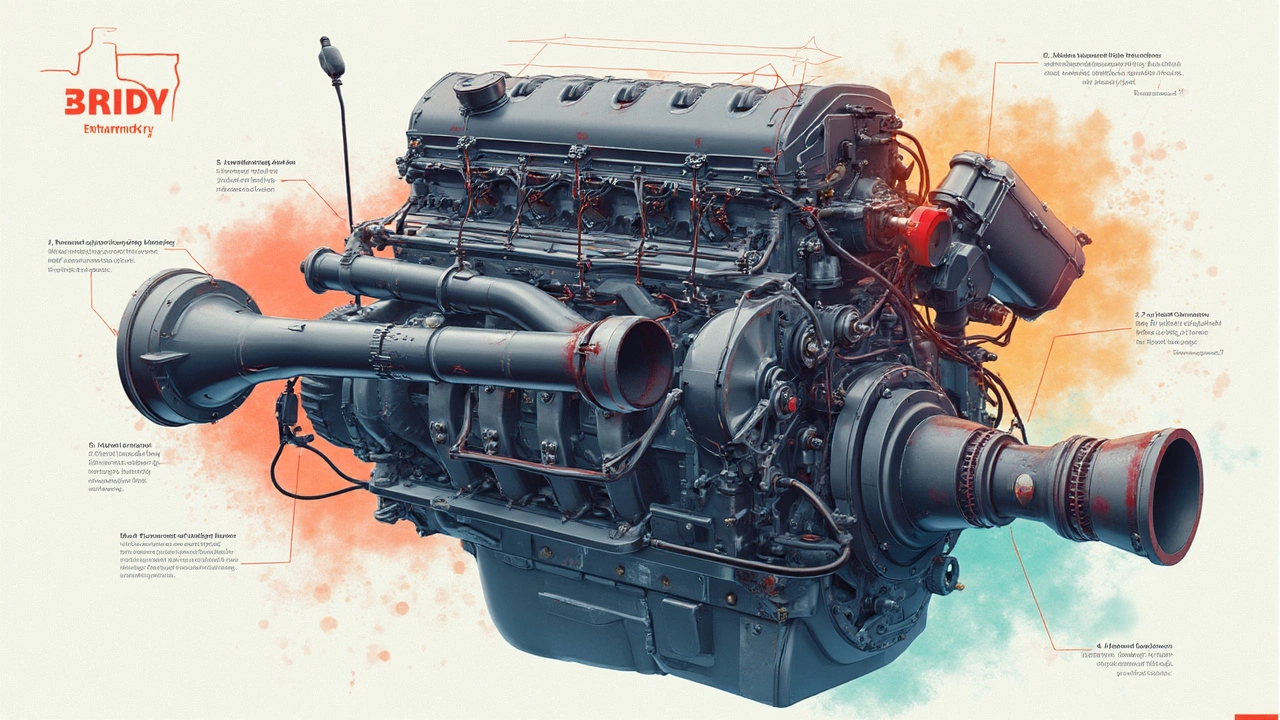
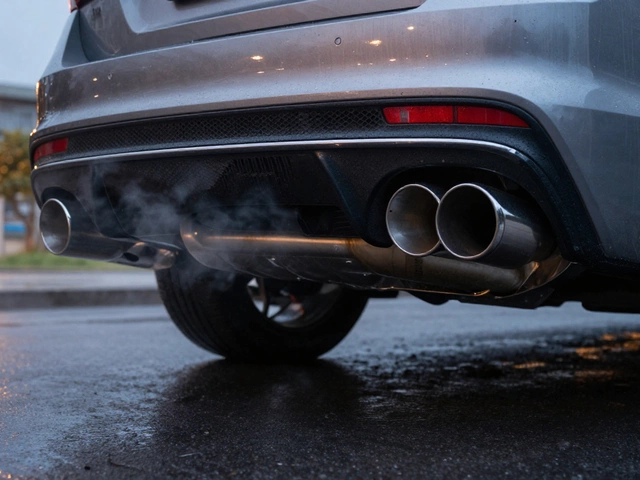

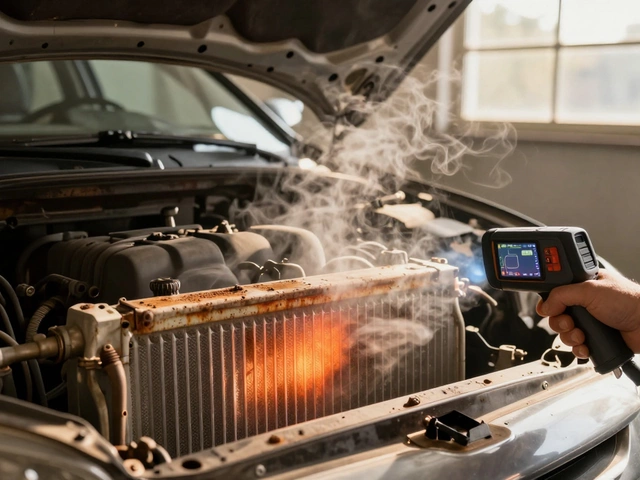
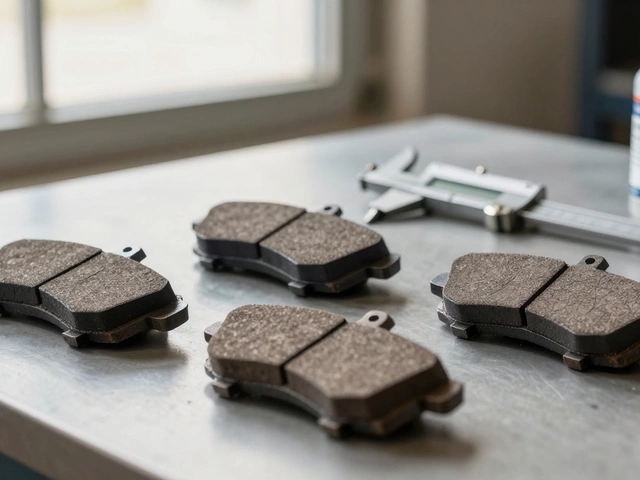
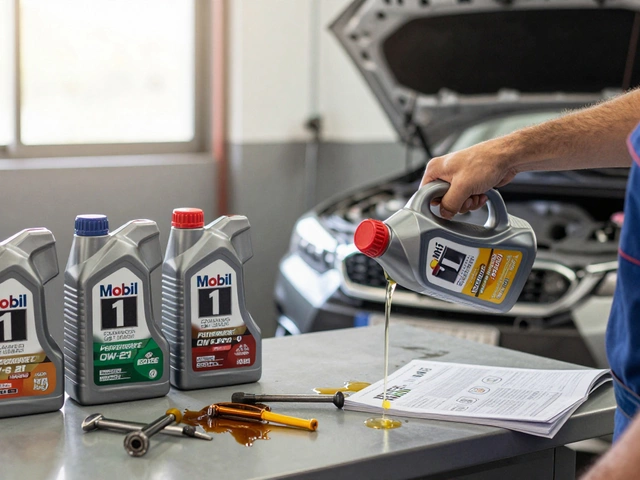





Write a comment